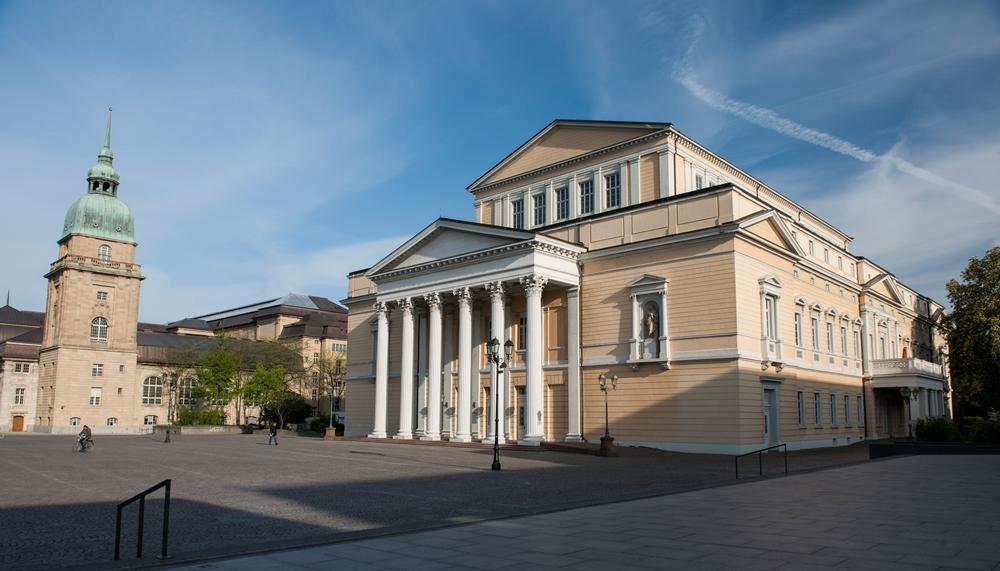
Posted by Mark
19 March 2018As a part of my AHRC-funded project on forgery, I had the singular pleasure of visiting the Hessisches Staatsarchiv in leafy Darmstadt last term. There are many reasons why archival visits are important. Some manuscripts have yet to be transcribed or digitised, while important features of those that have – ink colour, dry-point glosses, lineation – can only properly be identified and appreciated in person.
In my case, I was in search of an erasure. A key text for the Worms forgeries, the subject of one of my case studies (and book chapters), is a diploma now housed in the Hessisches Staatsarchiv (D O I 392). Issued from Ravenna in northern Italy in early April 970, it decides a dispute between the bishopric of Worms and the nearby monastery of Lorsch over forest rights in the Odenwald. The diploma comes down firmly in favour of Bishop Anno of Worms, and in doing so, it quotes a number of forgeries in the names of earlier Carolingian rulers (which also survive independently).
The traditional view is that it is an authentic text of 970, which happens to cite earlier counterfeits (the latter probably commissioned by Bishop Anno himself). In 1901, however, Johann Lechner argued that the main text of the diploma was written on erasure. Someone had, in other words, taken an authentic charter of 970, methodically scraped off its contents (minus the opening line) – as is perfectly possible with parchment – and overwritten these with a new text justifying Worms’ disputed rights. This makes the diploma an outright forgery; and Lechner argued that both it and the texts it cites were produced as part of a single forgery action in the mid-980s. At this time, Anno’s successor Hildibald was simultaneously bishop of Worms and imperial chancellor (the latter role involving oversight of official diploma production) and thus well placed to commission such a text.
Despite initial objections, Lechner’s case swiftly won the day, and it remains scholarly orthodoxy. But what does the charter itself tell us? Rather more than you might think.
As rapidly became clear upon my visit, there are no signs of erasure on the single sheet of the diploma. The parchment is quite rough and raw, but this roughness does not coincide with areas of writing. More importantly, the opening line of elongated script (litterae elongatae) is clearly in the same ink as the main text. Since medieval ink was produced manually, with each batch being subtly different from the last, this indicates that these details were written at the same time (or in very quick succession). The importance of this lies in the fact that the first line is in a different hand from the rest of the text (dubbed ‘X’ by its editors). This same hand furnished the opening line of a diploma for Magdeburg (D O I 388b). The latter text was issued from Pavia in late January 970, less than four months before our charter, so we know this scribe was in Italy at the time. And since it is scarcely conceivable that this same – otherwise unattested – individual should have been on hand at Worms over a decade later, both diplomas are best treated as authentic products of early 970.
A great deal can, therefore, hang on the presence – or absence – of an erasure. And unless we are willing to follow the medievalist’s clarion call ad fontes (‘to the sources’), we risk repeating and compounding old errors – as has happened for over a century at Worms.
Levi Roach, Senior Lecturer in Medieval History